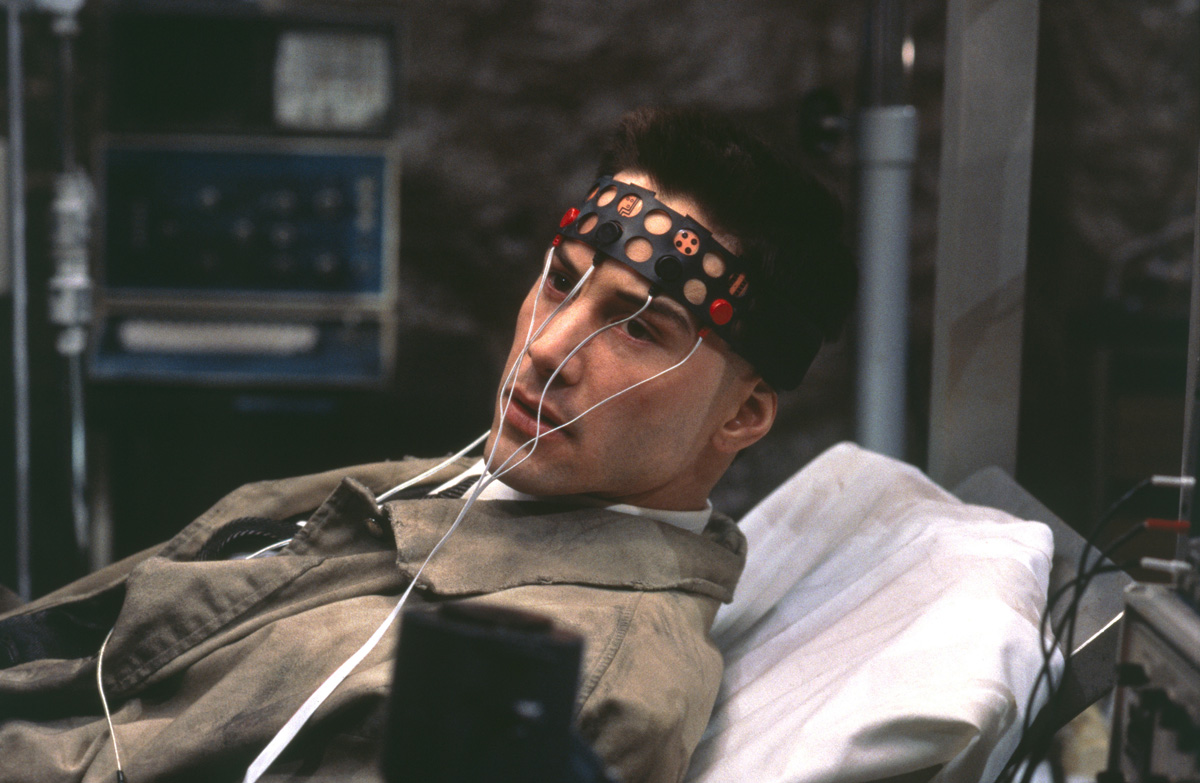DARPA Contracts Brain Implant to Record and Restore Memories
Let's hope it carries more than 80 gigs.

Prospective data spies, your future is fast approaching: DARPA has contracted Lawrence Livermore National Laboratory (LNLL) to develop a brain implant that can record and stimulate neurons to restore memory. Its primary use will be the treatment of patients suffering from various memory loss conditions that currently lack a cure, but I’m sure The Final Cut and Johnny Mnemonic aren’t too far off now.
The conditions LNLL and DARPA hope their implant will remedy include Traumatic Brain Injury (TBI), Alzheimer’s disease, and epilepsy. Why is DARPA, the Department of Defense’s Defense Advanced Research Projects Agency, so interested in healing the sick? TBI has affected 270,000 members of the military since the year 2,000, so it’s a big health issue for the U.S. DoD.
The brain implant will communicate and draw power wirelessly from a device worn on the patient’s ear that will house the data storage and retrieval components. The implant itself will reside within the brain and directly read data from and stimulate neurons in the entorhinal cortex and hippocampus—the areas of the brain related to memory—to record and restore memory with the help of the external electronics.
They’re still in the research phase, but LNLL and its Center for Bioengineering are confident that they have the necessary experience in implantable microdevices to make it a reality. They expect to have a prototype device ready as soon as 2017. Then, we just have to wait for it to become commercially available to start our careers in brain-based data espionage.
(image via Johnny Mnemonic)
- This isn’t the first brain implant they’ve worked on
- In fact, they’ve explored several means of restoring memory, like tiny robots
- Just talkin’ bout SCHAFT the team that won DARPA’s robot Olympics
Are you following The Mary Sue on Twitter, Facebook, Tumblr, Pinterest, & Google +?
Have a tip we should know? tips@themarysue.com